Exploring the world’s architectural wonders offers a glimpse into humanity’s creativity and engineering prowess. From ancient temples to modern marvels, these structures captivate with their beauty and ingenuity. Each one tells a story of cultural heritage, historical significance, and artistic vision. In this article, we’ll take you on a journey to discover 15 of the most unique architectural wonders around the world, highlighting what makes each one so extraordinary and why they continue to inspire awe and admiration.
1. The Alhambra, Spain
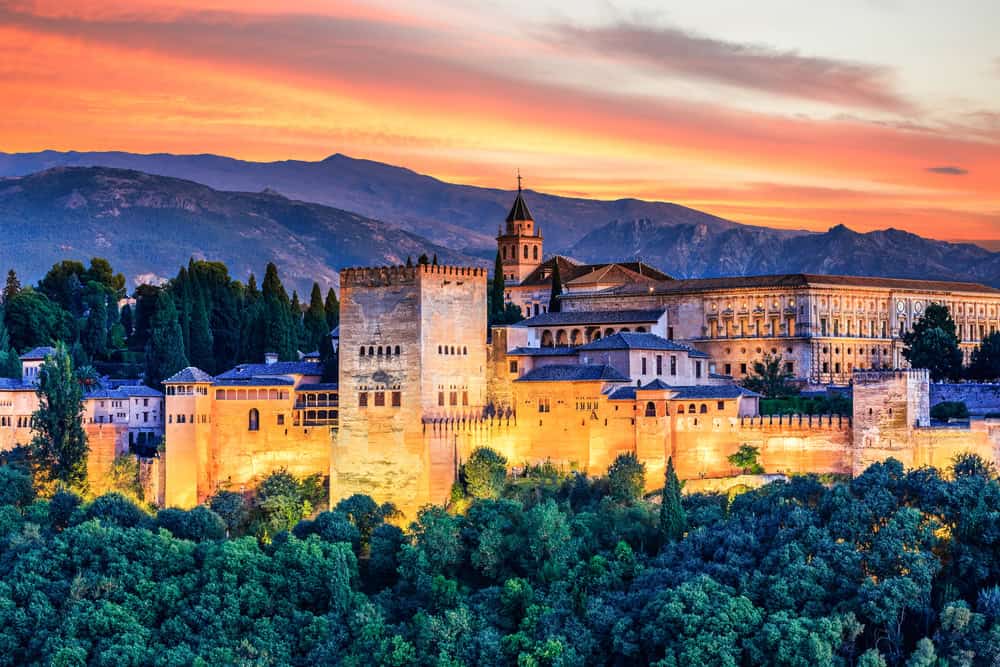
The Alhambra, located in Granada, is a testament to Moorish architecture’s grandeur and sophistication. Its unique features include the intricate stucco work, geometric tile designs, and ornate calligraphy that adorn its walls and ceilings. The Palacios Nazaríes, with its Hall of the Ambassadors and the Courtyard of the Lions, are particularly renowned. The Alhambra’s combination of defensive fortifications and luxurious palaces showcases the pinnacle of Nasrid dynasty craftsmanship, making it an architectural and historical gem.
Baalbek, Lebanon
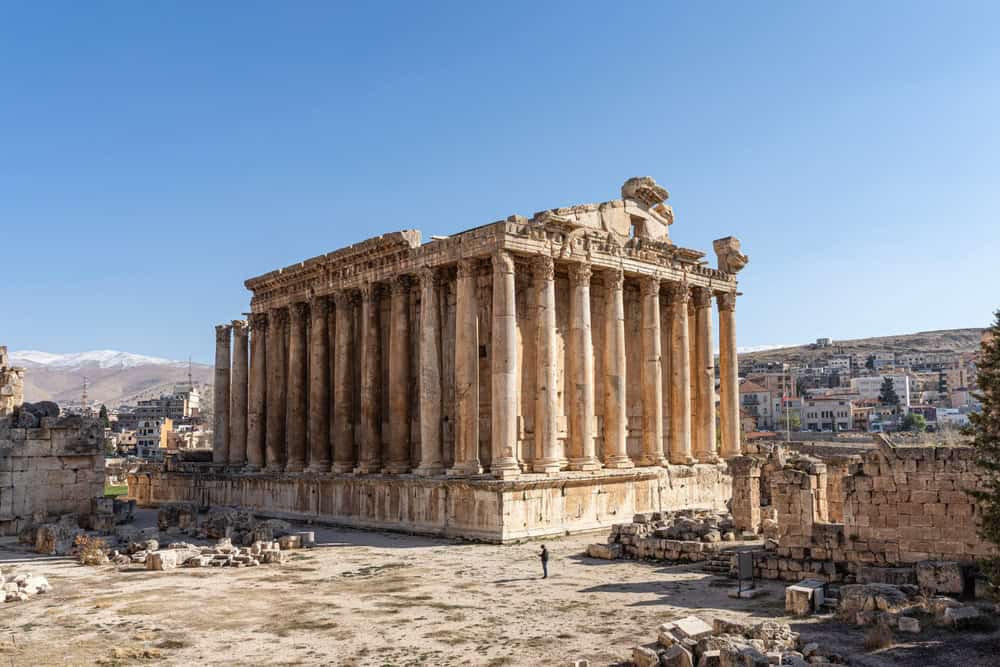
Baalbek’s colossal Roman ruins are among the best-preserved in the world, featuring the awe-inspiring temples of Jupiter, Bacchus, and Venus. The sheer scale of the stone columns, some of which are the largest ever erected in the Roman Empire, is a testament to the architectural and engineering prowess of ancient Rome. The site’s grandeur and the preservation of its intricate carvings and structural elements make Baalbek a unique and unparalleled architectural wonder.
Burj Al Arab, Dubai, UAE
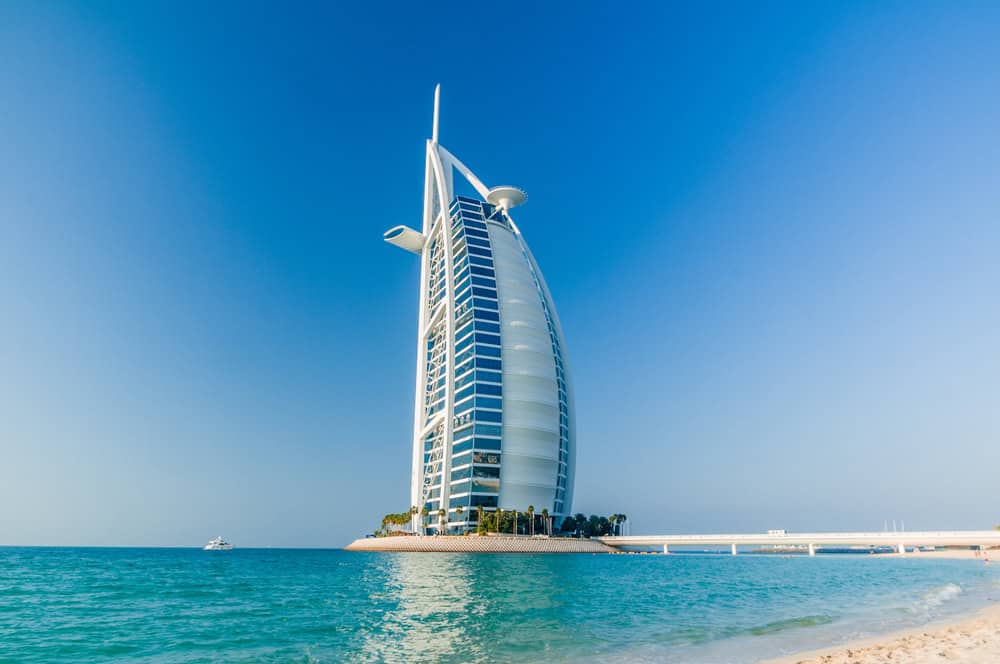
The Burj Al Arab stands out as an iconic symbol of modern Dubai, known for its distinctive sail-shaped silhouette. This luxury hotel, situated on an artificial island, boasts a height of 321 meters and offers unparalleled opulence with its lavish interiors and world-class amenities. Its innovative design and status as one of the tallest hotels in the world underscore Dubai’s architectural ambition and cutting-edge engineering.
Monte Albán, Oaxaca, Mexico
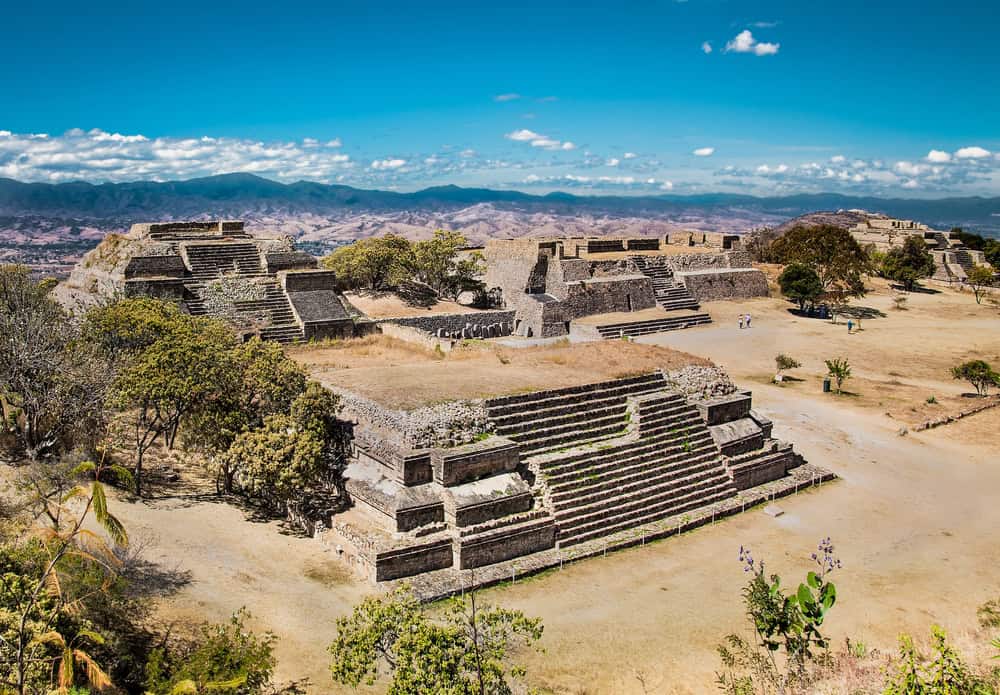
Monte Albán is an ancient Zapotec city perched atop a mountain, overlooking the valleys of Oaxaca. The site’s terraces, pyramids, and canals demonstrate the Zapotecs’ advanced engineering skills. Monte Albán’s location, without a natural water supply, emphasizes the Zapotecs’ dominance over nature. The site’s historical significance as a religious and political center adds to its unique architectural allure.
Great Mosque of Djenne, Mali

The Great Mosque of Djenne is the largest mud-built structure in the world, exemplifying the Sudano-Sahelian architectural style. Its construction using sun-baked mud bricks, wooden scaffolding, and earthen plaster is both environmentally sustainable and culturally significant. The mosque’s three towering minarets and annual re-plastering festival highlight its architectural and communal importance.
Derawar Fort, Pakistan
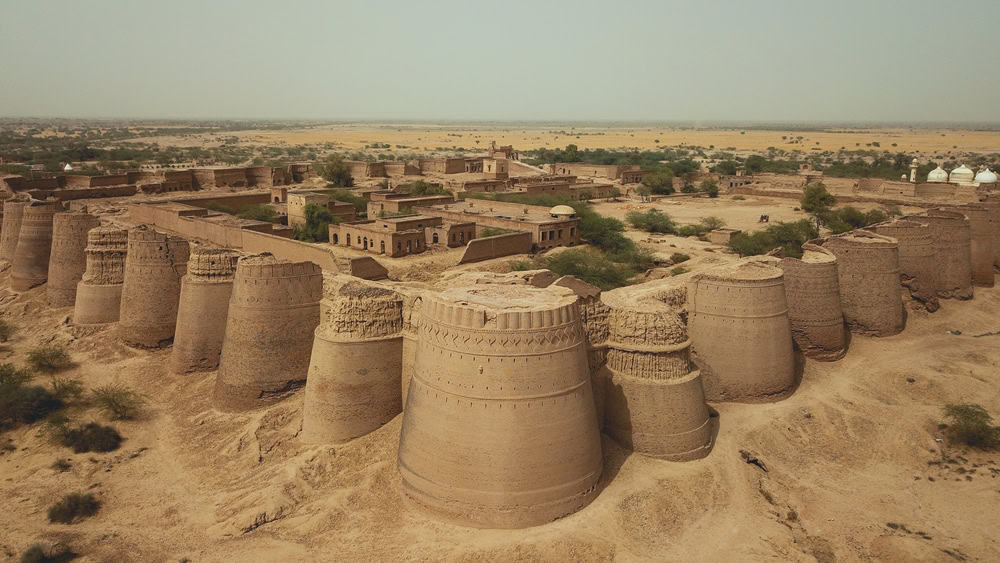
Derawar Fort, with its 40 massive bastions rising from the Cholistan Desert, is a formidable example of desert fort architecture. The fort’s walls, extending over a circumference of 1,500 meters and standing 30 meters high, create an imposing presence. The remote location and historical significance of Derawar Fort, coupled with its monumental scale, make it a unique architectural wonder.
Château de Peyrepertuse, Aude, France
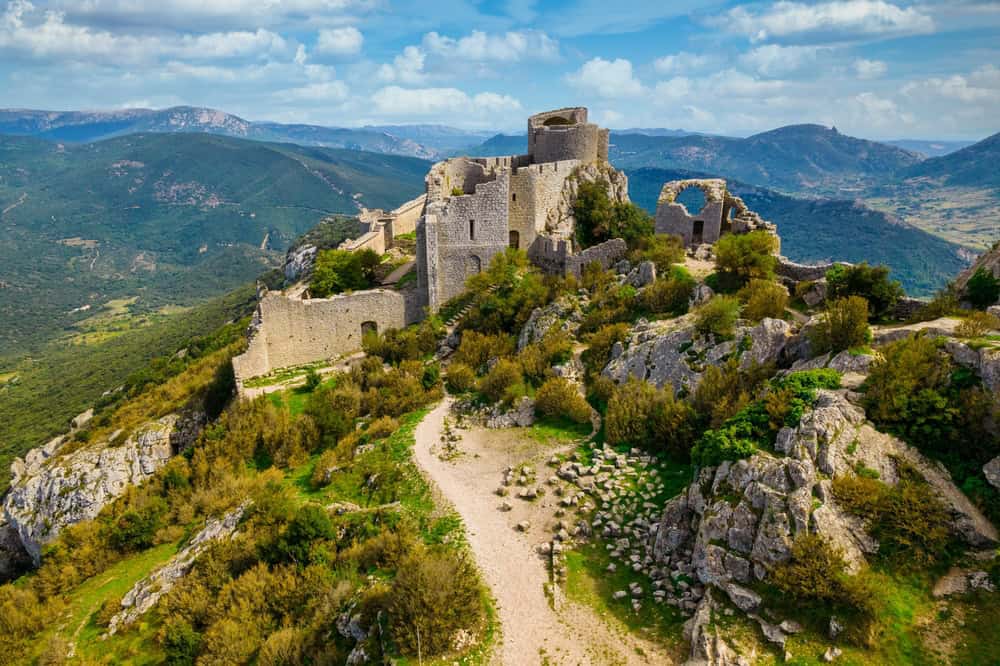
Château de Peyrepertuse, built on a limestone ridge in the Pyrenees, seamlessly integrates with its natural surroundings. The fortress, constructed in the 13th century, offers breathtaking panoramic views and a hauntingly beautiful glimpse into medieval history. The castle’s strategic location and well-preserved ruins highlight its architectural and historical significance.
Sheikh Lotfollah Mosque, Iran
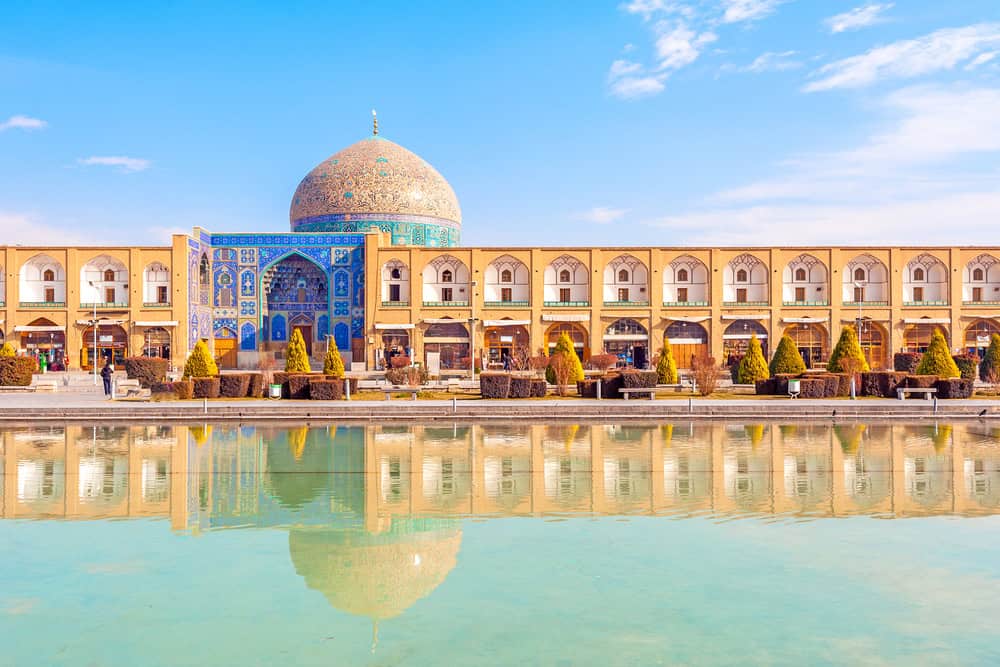
The Sheikh Lotfollah Mosque in Isfahan is renowned for its exquisite tile work and harmonious design. Built during the Safavid era, the mosque features a dome that changes color throughout the day and an interior adorned with intricate mosaics. The mosque’s lack of minarets and its use as a private worship space for the shah’s harem add to its unique architectural character.
Wat Phra Kaeo, Thailand
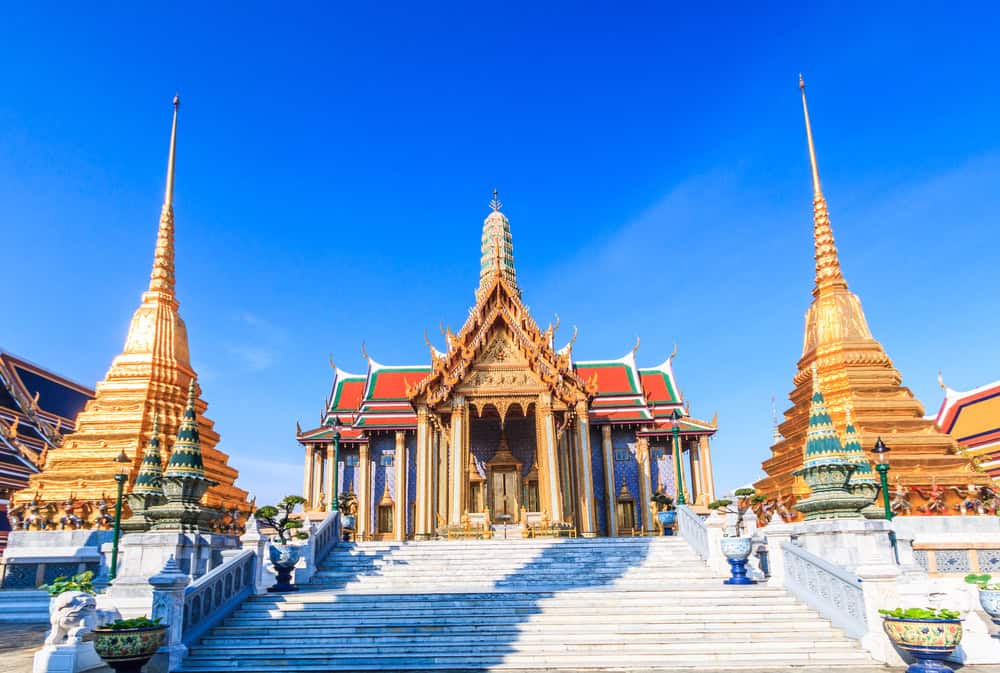
Wat Phra Kaeo, part of Bangkok’s Grand Palace, is a dazzling example of Thai religious architecture. The temple’s golden spires, intricate mosaics, and the revered Emerald Buddha statue attract both pilgrims and tourists. The use of gold leaf and colored glass in its decoration creates a shimmering effect, underscoring its opulence and cultural significance.
Guggenheim Museum, Bilbao, Spain
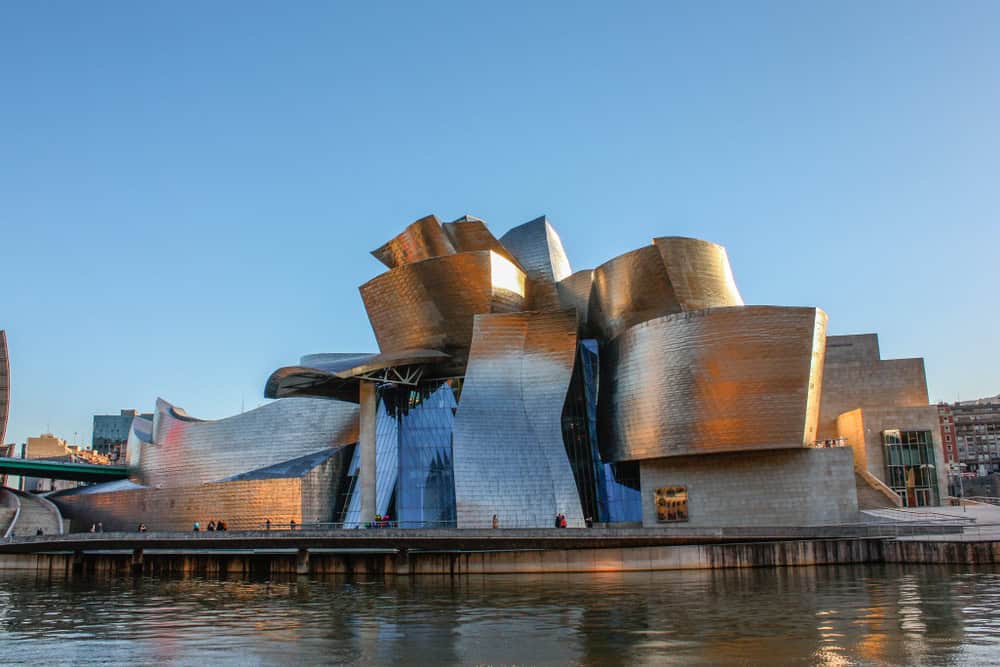
Designed by Frank Gehry, the Guggenheim Museum in Bilbao is a masterpiece of contemporary architecture. Its titanium-clad curves and innovative structure revitalized Bilbao’s economy and cultural scene. The museum’s design, which seamlessly blends art and architecture, and its role in the city’s regeneration highlight its unique architectural and cultural impact.
Tokyo Sky Tree, Japan
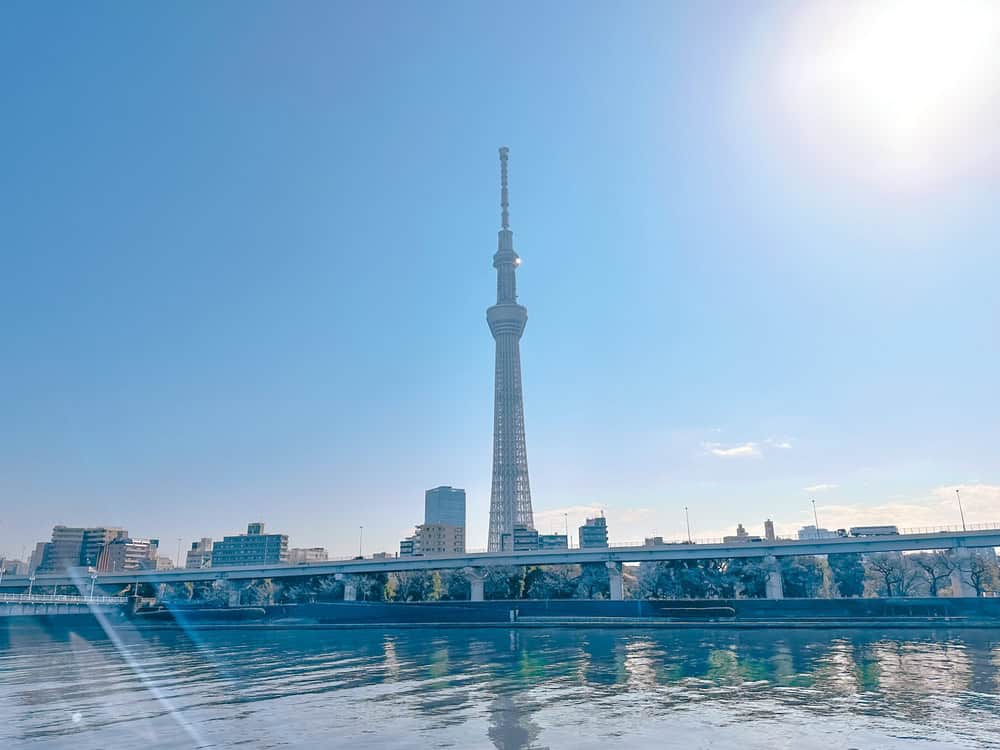
Tokyo Sky Tree, the tallest tower in the world at 634 meters, combines futuristic design with traditional Japanese aesthetics. Its sleek, sky-blue illumination and panoramic observation decks offer stunning views of Tokyo. The tower’s dual function as a broadcasting tower and tourist attraction, along with its harmony with the environment, make it a standout architectural feat.
National Centre for the Performing Arts, Beijing, China

The National Centre for the Performing Arts, known as the “Giant Egg,” features sleek, reflective surfaces that appear to float on a surrounding lake. Its domed structure houses an opera house, concert hall, and theater, accessed through an underwater hallway. The modern design and multifunctional space underscore China’s cultural and architectural innovation.
Neuschwanstein Castle, Schwangau, Germany
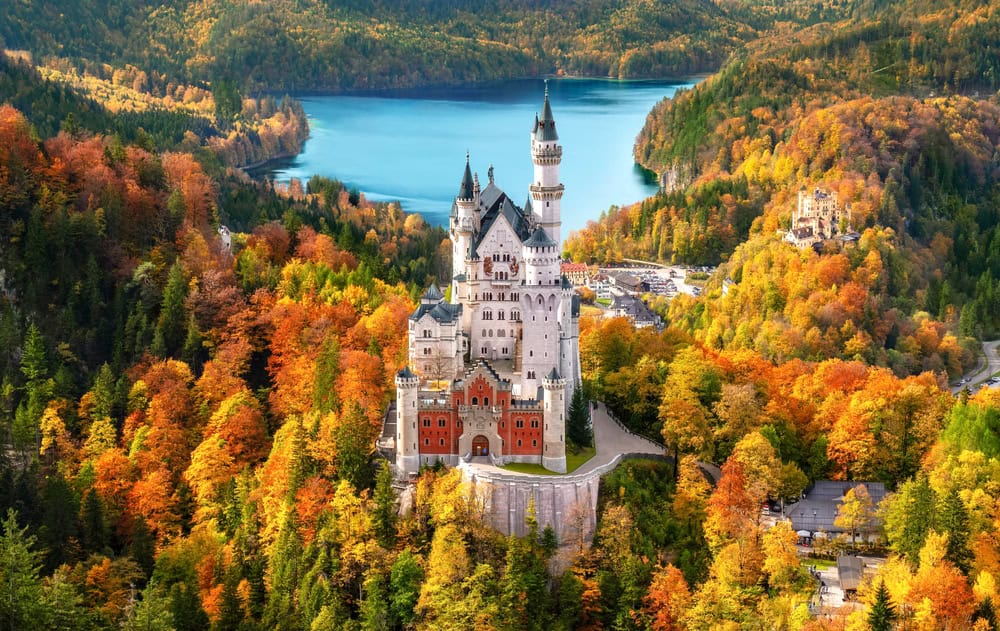
Neuschwanstein Castle, with its fairy-tale turrets and picturesque setting, inspired Walt Disney’s Sleeping Beauty Castle. Built by King Ludwig II, it is a homage to the composer Wagner and epitomizes 19th-century Romanticism. The castle’s whimsical design and breathtaking location make it one of the most photographed buildings in the world.
Chand Baori, India
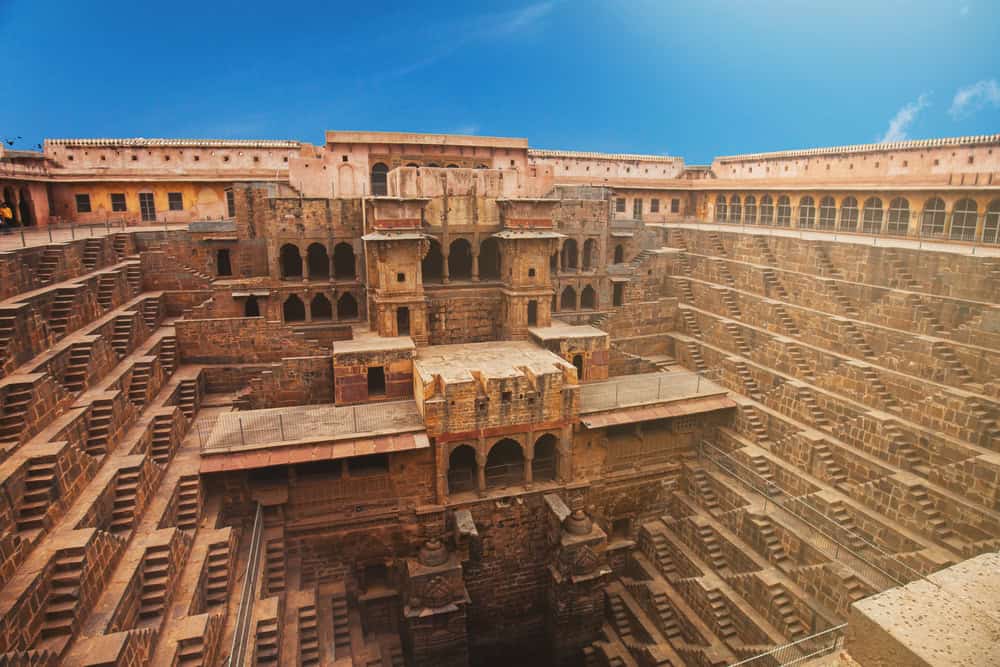
Chand Baori, a stepwell in Rajasthan, features a stunning geometric design with 3,500 narrow steps descending 13 stories. Built in the 9th century, it served both practical and aesthetic purposes, providing a cool retreat in the arid region. Its symmetrical steps create a mesmerizing visual effect, making it an architectural marvel.
Stari Most, Bosnia-Herzegovina
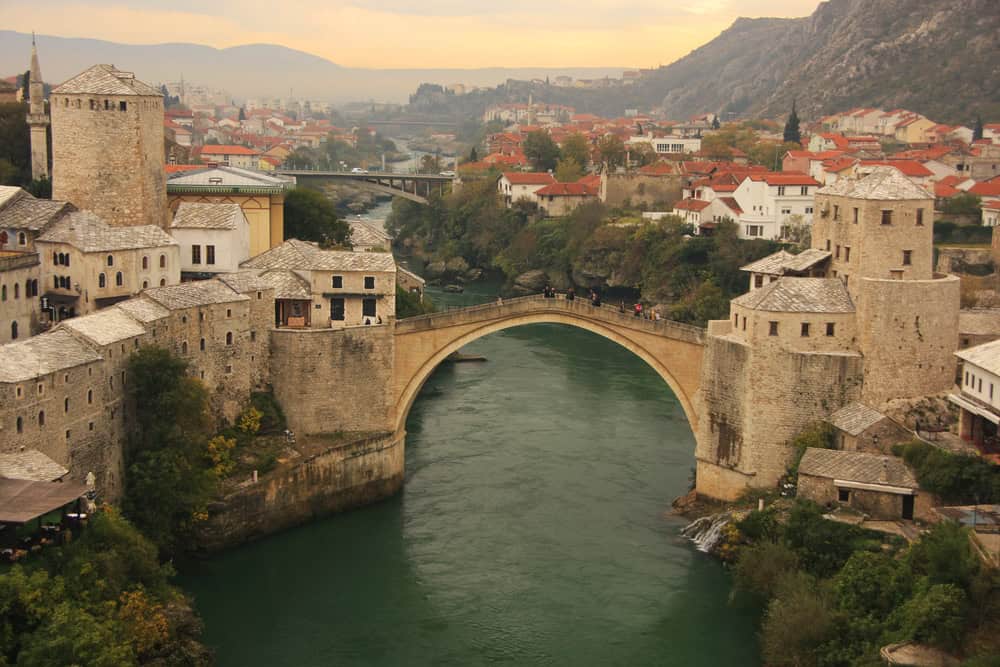
Stari Most, or the “Old Bridge,” in Mostar is a symbol of resilience and unity. Originally built in the 16th century, it was destroyed during the Bosnian war and later rebuilt using traditional methods. The bridge’s graceful arch over the Neretva River and its historical significance make it a powerful symbol of cultural heritage and reconstruction.
This article originally appeared on Rarest.org.
More from Rarest.org
The 20 Smallest Currencies Ever Produced

Currencies around the world vary greatly in value, reflecting the economic conditions of their respective countries. Some currencies, due to factors like inflation, economic instability, and historical challenges, have become the smallest in terms of value. Read more.
12 Most Expensive Wines Ever Auctioned

Wine auctions have become a fascinating world where history, craftsmanship, and rarity converge to create extraordinary values. The most expensive wines ever auctioned tell stories of legendary vintages, remarkable winemaking, and unique provenance.
14 Most Exclusive Private Clubs in the World
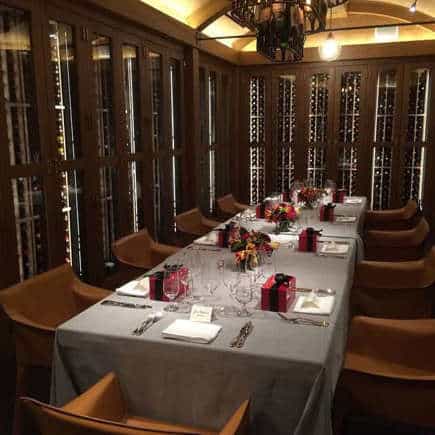
Exclusive private clubs around the world offer unparalleled luxury, privacy, and networking opportunities. From historic establishments in London to modern havens in Tokyo, these clubs cater to the elite, providing top-tier amenities and unique experiences.
